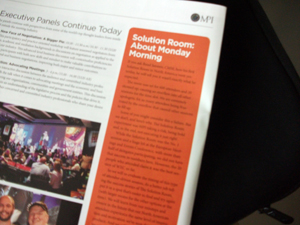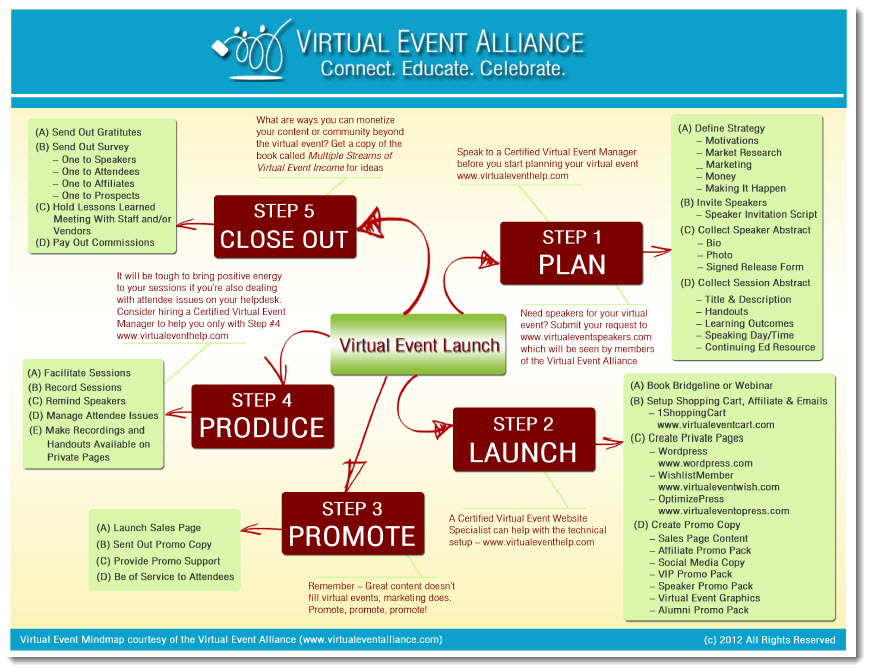While reading the onsite daily publication for the Meeting Planners International (MPI) World Education Congress (I’m going to speak at 3pm Eastern today, July 26th, on How to Enhance Your Meeting Planning Offerings Managing Virtual Events), I came across a story that admitted failure.
A room was set up where 600 were expected to attend a session called the Solution Room. Only 20 showed up. Because of this, other sessions were packed, creating a “standing room only” in some rooms and frustrating attendees who couldn’t understand why a big room sat almost empty.
While MPI could’ve easily NOT addressed this oversight, they chose to the opposite. The article in the publication is about 300-words and in it, MPI apologized for the oversight and promised to do better next time.
I applaud MPI for being bold about putting their problem in print.
There’s no shame in admitting an experiment went wrong. Nothing at all. Too often, telesummit organizer, virtual event managers and those who set up virtual events give the world the impression that their virtual event “was a hit.” I roll my eyes whenever I see this. In my mind, if you have no social proof to prove that your virtual event was a hit (sample of Twitter tweets or blog posts from attendees), then chances are it wasn’t.
I know that it’s not easy to admit failure in a public way.
It took me awhile to admit that my 2010 Social Media Telesummit – the last one I hosted – was a bust. Only 15 people signed up and I took in just over $5,000 (a far cry from the $40,000 I pocketed when I hosted the virtual event a year earlier).
I was flabbergasted at the results and completely embarrassed. I’m supposed to be the “virtual event go to person” and I couldn’t even replicate my own success.
Looking back, I can see where I went wrong. I have used this experience to help my own clients avoid costly mistakes. It’s better for me to make those mistakes on my own dime than to do it while getting paid by someone else.
I recommend that the veil of untruth be peeled back.
There’s nothing to be ashamed of when you don’t attract the number of attendees you thought you would, or if you don’t earn the type of money you planned for.
- Document what went well and what could be improved.
- Get feedback from speakers and attendees.
- Hire the right type of help so you avoid the mistakes the next time around.
Failure is okay if you learn from it.



0 Comments